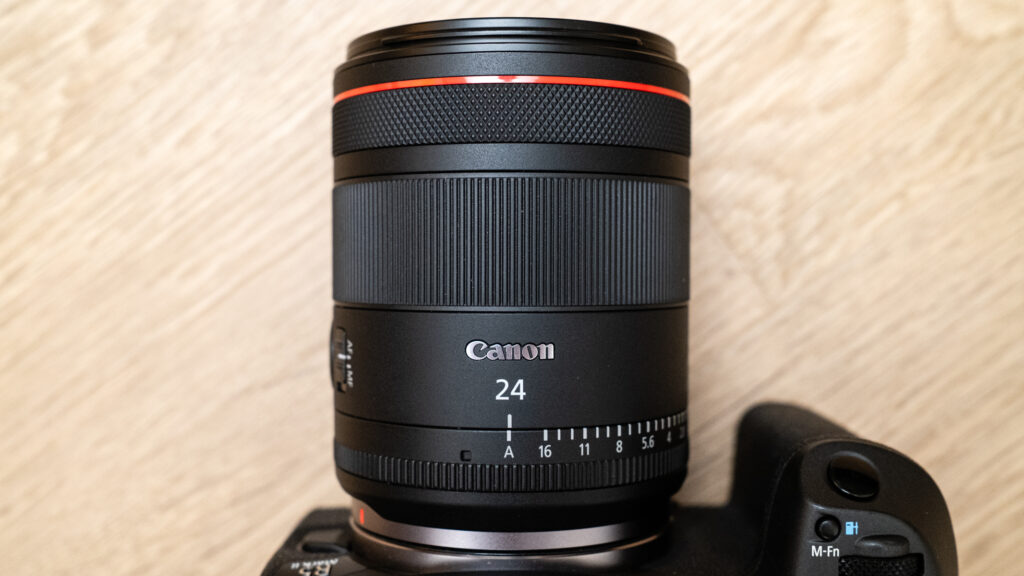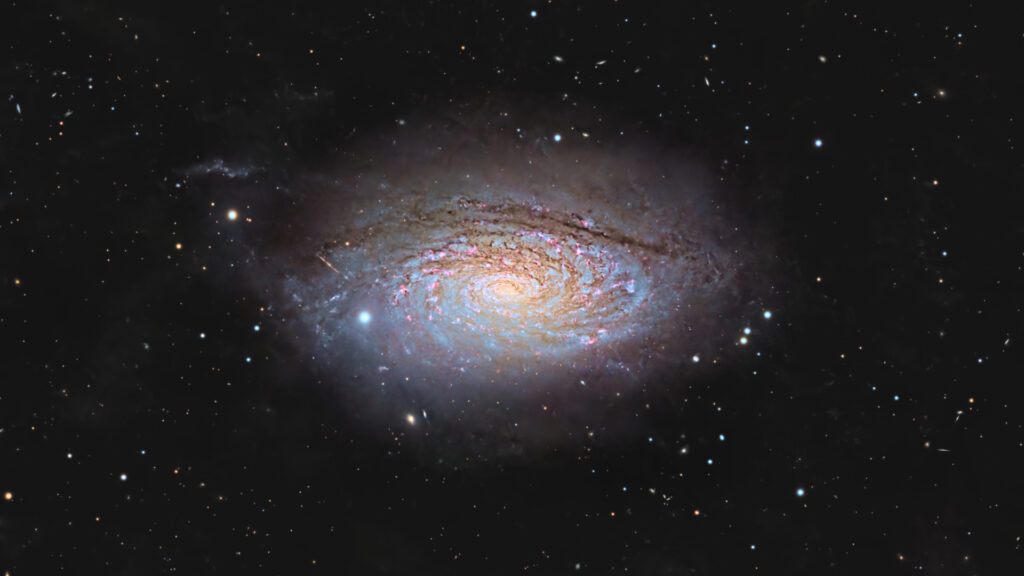Itching to try out your new astronomy gear, or planning to buy a set?
Comet C/2021 A1 (Leonard), also known as Comet Leonard, is visible in binoculars and telescopes and will likely be relatively bright in the coming days, although we can’t say for sure as comet brightness is always unpredictable.
Comet Leonard’s path through space should allow for good views, though. On Tuesday (Dec. 7), the Earth will pass through Leonard’s orbital plane or path, which will make the comet appear particularly bright thanks to its position relative to us.
All About Space content director Gemma Lavender is an experienced amateur astronomer and also knows all the best gear for beginners to get started, so we chatted with her to get some recommendations.
More generally, if you need a telescope of binoculars to see planets in the sky, check out our guide for the best binoculars deals and the best telescope deals available right now. Our best cameras for astrophotography and best lenses for astrophotography can also help you pick the best imaging gear to spot the comet.
Below is Lavender’s recommended product list to catch Comet Leonard this weekend; we also offer some tips on how to get the most out of your new astronomy gear.
Related: Photos: Spectacular comet views from Earth and space
Comet Leonard telescopes and binoculars
What will Comet Leonard look like?
When you first turn your eyes to Comet Leonard, don’t expect to see the same view as the Hubble Space Telescope or other large observatories, which often use tools such as time-lapse photography and (quite obviously) have light-gathering capabilities out of reach of the amateur community.
“It’s very easy to think that you’ll see a comet as they appear in magazines, books and in images online — with a bright coma and two, solid tails,” Lavender told Space.com.
“While there are a few notable exceptions, such as Comet Hale-Bopp in 1997 and, quite recently, Comet NEOWISE — both of which could be seen with the unaided eye — comets can appear as white-grey blobs with little-to-no tail,” she continued.
The human eye, she noted, is different than a camera, whose sensor is much more sensitive to light. Cameras can also enhance comet colors with filters: “That’s why you’ll often see comets that are green or blue in photographs.”
How do you find Comet Leonard in the night sky?

To a beginner, the night sky may feel like a cacophony of places to go, making it difficult to focus. Luckily, go-to technology in telescopes will often do much of the wayfinding for you, but experienced amateur astronomers still say it’s worth it to learn your way around the sky.
To find your way around, Lavender recommends using astronomy software such as Starry Night, or night sky mobile apps such as Star Walk 2. Print-out sky maps are also handy, as long as you can keep them dry. Just make sure to protect your night vision, she says.
“You use a red flashlight to preserve [your vision] if you’re using a night-sky map, or make use of a red-light filter on your smartphone’s screen if you’re using a night sky app,” Lavender says.
Space.com’s guide to Comet Leonard will get you looking in the right area of the sky. Then Lavender suggests using binoculars to pinpoint where the comet is located, as it’s easier to sweep across a field of view than to use a telescope.
If you have a camera, Lavender has another trick to suggest. “Take a quick 10-second exposure of the area of sky with a camera — some smartphones have this capability — to help you find Leonard’s location,” she says.
Making a buying choice to see Comet Leonard
Now that you know what to expect from comet observing and what products Lavender recommends, how do you make the choice about what to buy? Lavender has some helpful tips to help you ferret out the quality products from the rest of the items that are out there.
Size and stability: Prioritize a steady platform for observations (such as a tripod) along with large aperture size. Of course, the largest aperture sizes will come in telescopes, but those are less portable and more expensive than binoculars. “Aperture size is essential for comet viewing: the bigger your aperture, the more light your instrument is able to collect and the better the views,” Lavender says.
Great optics: “A good telescope should carry multi-coated optics for optimum light transmission, while I recommend BAK4 prisms — or Barium Crown glass — as a must for high-quality binoculars.”
When to buy binoculars: “Binoculars are definitely best if you have a limited budget, and want something that’s quick and easy to use — especially if you aren’t looking to invest in a telescope or are undecided in getting started in a full-blown skywatching hobby. Use a good [set of] 10x50s and you’ll get reasonably good views of comets just from sweeping the sky. Increasing your budget a bit more opens up more opportunities in increasing aperture size and magnification and therefore on what you can see.”
When to buy a telescope: Lavender notes that you should only invest in a telescope if you’re prepared to spend on a larger aperture, as smaller ones (especially tabletop telescopes of 76 mm or less) usually are not superior to binoculars. By contrast, “telescopes aren’t always needed for the comets that take up a larger area of sky, as they’re best viewed in a wide-angle setting,” she says. “But they certainly will reveal more detail to the smaller, fainter comets.”
A last word of advice from Lavender: “Avoid plastic toy telescopes that you can find in department stores. They often boast huge magnifications that really aren’t feasible with such low-quality optics. I recommend speaking to a reputable retailer or checking out our best telescope and best binocular guides for making the right choice.”
Follow Elizabeth Howell on Twitter @howellspace. Follow us on Twitter @Spacedotcom and on Facebook.


